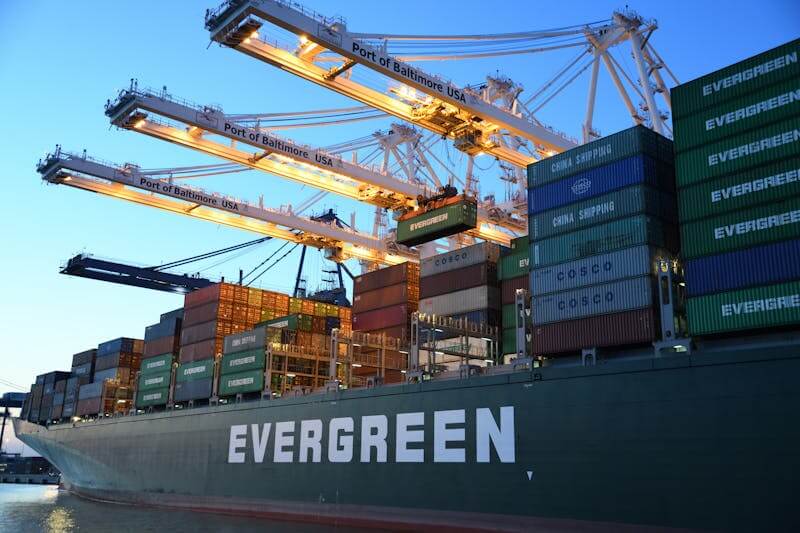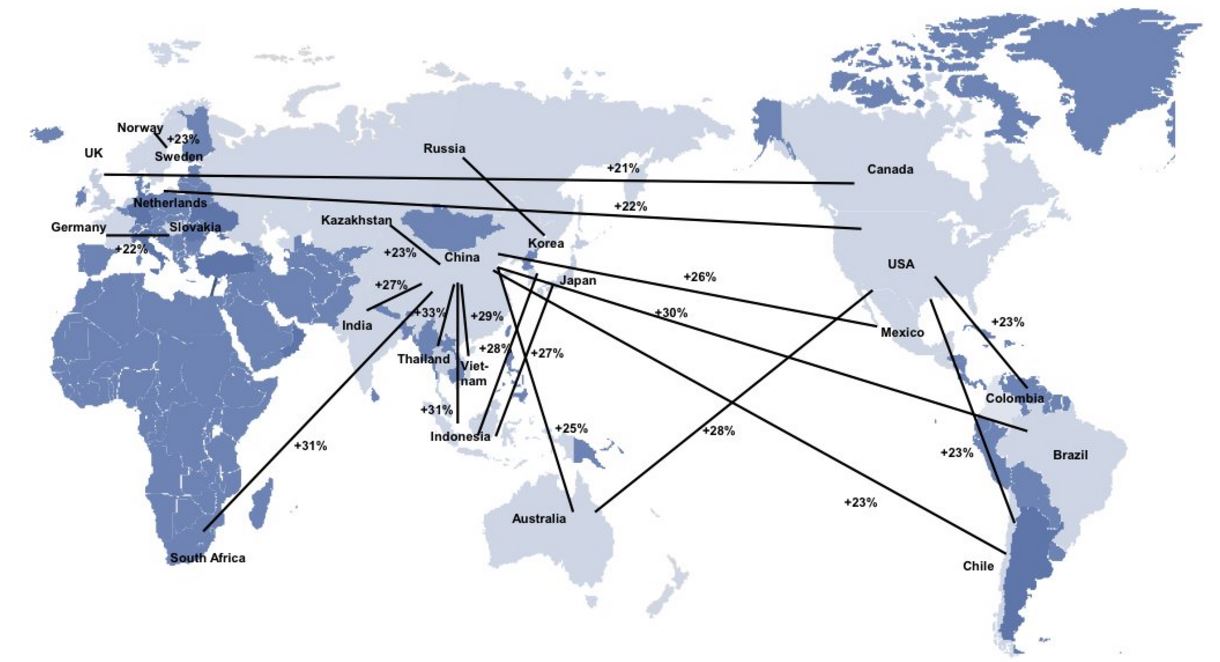The United States produces the most abundant, most affordable, and safest food in the world. Additionally, the US farmer is the most productive in the history of the world. This is not to say that farming is without challenges. However, “U.S. agriculture in uniquely positioned to provide for the food and fiber needs of a growing world community.”2
This impactful US position began in 1492 with Columbus arriving in America. He brought unique foods, animals, and even diseases to this new land. Conversely, he took those same items back to Europe with him. For the next 200 years, this Columbian Exchange—the transfer of animals, plants, ideas, and diseases—resulted in extensive global trade and cultural transfers, especially in regards to food. People living in the New World (the Americas) were experiencing food initially only found in the Old World (Europe, Africa, or Asia). Trade routes opened up, providing networks of pathways and stoppages used for the commercial transport of cargo.
Today it is estimated that food travels an average of 1500 food miles from the time of its production until it reaches the consumer. How is this possible? Technology and labor provide the production processes necessary to bring a commodity from farm to table. An agricultural commodity chain includes raw materials, processing and/or manufacturing, distribution, retailers, and consumers. This is often a complex network requiring large numbers of inputs and resources (time, money, technology, human labor).
In regards to their food choices, consumers are making demands for global products, and consequently, an interesting system of global trade routes has been created. For example, China’s imports of agricultural products have surged over the past decade, and the United States is a major supplier. China’s residents have realized rising incomes and consequent changing consumer preferences. “As a result, imports of processed and consumer-oriented products like meats, dairy, wine, and nuts are increasingly showing up in Chinese markets.”3
Additionally, global consumers are seeking value-added products in which raw commodities are changed to produce high-end quality products to meet diverse tastes and preferences. According to the United States Department of Agriculture, these products include changes in the physical state or form of the product (e.g., honey and beeswax products), the production of a product that enhances its value (e.g., organic vegetables), or even growing alternative crops (e.g., heirloom or ethnic fruits). These value-added products provide benefits to farmers in terms of realized financial benefits, but these products also require “…additional investment in equipment, technology, personnel, marketing, operations, etc.”4 Some of these products are part of the local food movement in which consumers are committed to purchasing foods grown within certain distances of consumers’ homes. Although this is currently a popular trend, there is no generally accepted definition of “local” food. In 2008, the U.S. Congress adopted the definition as food produced less than 400 miles from its origin, or within the state. However, consumers often define this term for themselves, considering “local” to mean within an acceptable distance from the foods’ origin—50 miles, 100 miles, within the region, etc.
The global products produced by a particular country are determined by that country’s advantage in commercial agriculture. If a country produces a good or service at a lower cost per unit than the cost at which any other country produces that good or service, the producing country has absolute advantage. Sometimes, a country may not be able to produce a good at the lowest monetary cost, but it can produce a good at a lower opportunity cost with regards to production costs, raw materials, taxes, environmental regulations, farmers’ skills, or proximity to market. In this situation, a country has comparative advantage in producing that good.
In order to make international trade fairer for small-scale producers trying to compete in a global market, the fair trade movement was established in the 1940s. This movement is a philosophy that seeks greater equity in international trade and contributes to sustainable development by offering better trading conditions to, and securing the rights of, marginalized producers and workers. Coffee is the most recognizable fair trade product, but others include tea, chocolate, honey, sugar, and wine.


